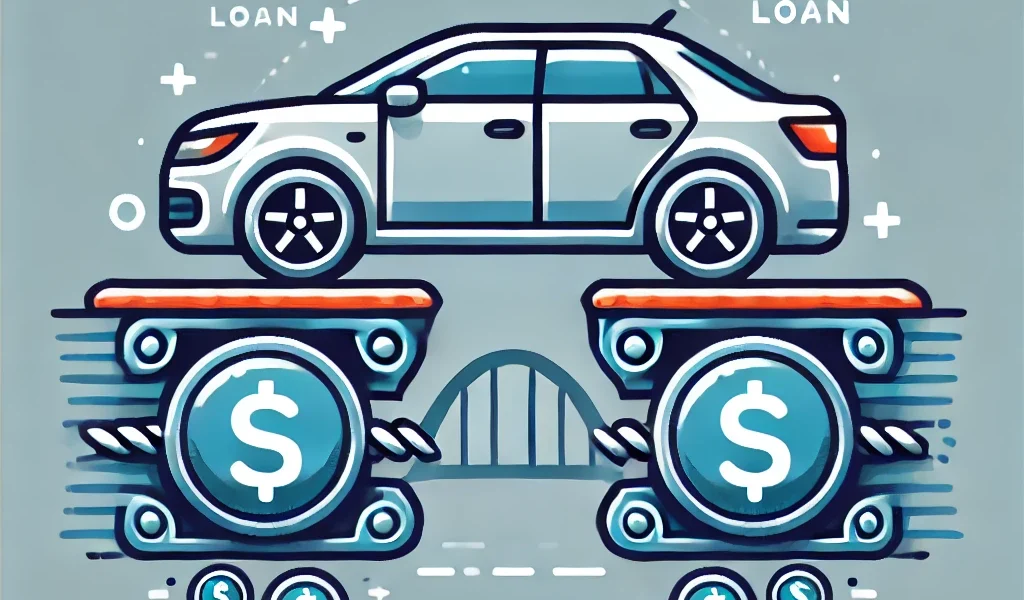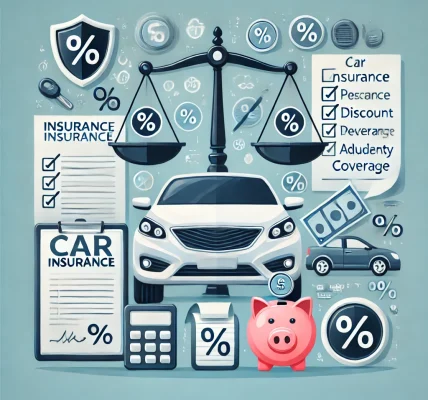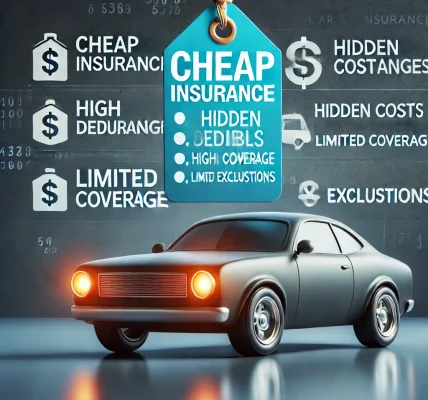IntroductionBuying a car is a significant investment, and securing the right insurance is crucial to protect it. While most people opt for standard auto insurance, Gap Insurance is often overlooked. But is it really necessary? This article explores the importance of Gap Insurance, how it works, and whether you should consider adding it to your policy.
What is Gap Insurance?Gap Insurance, or Guaranteed Asset Protection Insurance, covers the difference between your car’s actual cash value (ACV) and the amount you owe on your auto loan or lease if your vehicle is totaled or stolen. Since new cars depreciate rapidly, standard insurance may not cover the full amount of your loan balance. This is where Gap Insurance becomes essential.
Example of How Gap Insurance WorksLet’s say:
You purchased a new car for $30,000
After a year, your car’s actual cash value (ACV) drops to $24,000
You still owe $28,000 on your auto loan
If your car gets totaled, your insurance company will only pay $24,000, leaving you with a $4,000 gap to pay out of pocket
With Gap Insurance, this remaining $4,000 is covered, saving you from financial loss
Why is Gap Insurance Important?1. Cars Depreciate QuicklyNew cars lose 15-20% of their value within the first year and about 60% within five years. If your car is totaled during this period, standard insurance might not be enough to pay off your remaining loan balance.
- Protects You from Out-of-Pocket ExpensesWithout Gap Insurance, you could be left paying thousands of dollars for a car that you no longer own. This can create a serious financial burden, especially if you are still financing another vehicle.
- Essential for Loan or Lease AgreementsIf you lease a car or have a long-term loan (more than 60 months), lenders may require you to have Gap Insurance to cover potential losses.
- Peace of MindAccidents and thefts are unpredictable. Having Gap Insurance ensures that you won’t be financially responsible for a vehicle that you can’t drive anymore.
Do You Really Need Gap Insurance?While Gap Insurance is useful, it’s not necessary for everyone. Here’s how to determine if it’s right for you:
You Should Consider Gap Insurance If:✅ You financed a new or expensive vehicle with a small down payment (less than 20%)
✅ You have a long-term loan (more than 5 years), increasing the chance of being “underwater” on your loan
✅ Your car depreciates quickly, such as luxury or high-mileage vehicles
✅ You lease your car (most lease agreements require Gap Insurance)
✅ You live in an area with high theft or accident rates, increasing the likelihood of total loss
You May Not Need Gap Insurance If:❌ You paid for your car in full or made a large down payment (more than 20%)
❌ Your loan balance is less than the car’s value, meaning standard insurance will cover the full amount
❌ You have a short-term loan (less than 3 years), reducing the risk of negative equity
How to Get Gap Insurance1. Through Your Auto Insurance ProviderMost insurance companies offer Gap Insurance as an add-on to your standard policy for a small monthly fee. - From Your DealershipCar dealerships often include Gap Insurance in loan or lease agreements. However, their rates are usually higher than independent insurers.
- From a Third-Party ProviderSome financial institutions and specialized insurers offer standalone Gap Insurance policies. These may be more affordable compared to dealership options.
How Much Does Gap Insurance Cost?Gap Insurance typically costs between $20 to $40 per year when added to your car insurance policy, or $500 to $700 as a one-time fee if purchased from a dealer.
Common Myths About Gap Insurance🚫 Myth 1: Gap Insurance is Included in Standard Car Insurance✅ Fact: Standard auto insurance only covers the actual cash value (ACV) of your vehicle, not the remaining loan balance.
🚫 Myth 2: Gap Insurance Covers Mechanical Repairs✅ Fact: Gap Insurance only covers the difference between your car’s ACV and loan balance. It does not cover mechanical failures, maintenance, or repairs.
🚫 Myth 3: I Can Buy Gap Insurance Anytime✅ Fact: Most insurers only allow you to purchase Gap Insurance within a specific period after buying or leasing a new car (usually within the first 12 months).
Alternative Options to Gap InsuranceIf you don’t qualify for Gap Insurance or prefer other options, consider these alternatives: - New Car Replacement CoverageIf your car is totaled, this coverage replaces it with a brand-new model instead of paying the depreciated value.
- Loan/Lease Payoff CoverageSimilar to Gap Insurance but typically covers only a percentage (e.g., 25%) of the gap amount instead of the full balance.
- Saving an Emergency FundIf you prefer not to pay for Gap Insurance, having savings set aside for emergencies can help cover the financial gap if needed.
Conclusion: Is Gap Insurance Worth It?Gap Insurance provides a valuable safety net for car owners who finance or lease their vehicles. If you owe more on your car loan than your car’s value, Gap Insurance is highly recommended to avoid financial loss in case of a total loss accident.
Final Takeaways:✅ Gap Insurance is essential if you have a new car loan or lease with a high balance.
✅ It protects you from paying out-of-pocket costs if your car is totaled or stolen.
✅ While not everyone needs it, it’s worth considering if your car depreciates quickly or if you have a long loan term.
✅ Shop around and compare rates from insurers and dealerships before purchasing Gap Insurance.
By making an informed decision, you can ensure that your vehicle and finances remain secure, no matter what happens on the road. 🚗💨


